Apple introduced “spatial audio” to its Apple Music and AirPods products in 2021, leading to a surge in interest and misconceptions about the technology. Despite Apple’s marketing, spatial audio is not exclusive to Apple products. This guide demystifies spatial audio, its differences from surround sound and Dolby Atmos, and how to experience it regardless of your device.
Understanding Spatial Audio
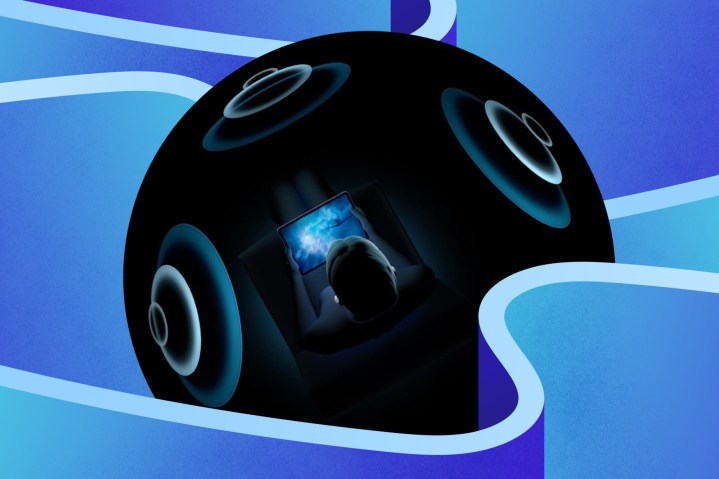
Spatial audio is a 3D audio technology that immerses listeners in a 360-degree sound hemisphere. While Dolby Atmos is a well-known spatial audio format, other formats like DTS:X and Sony 360 Reality Audio also offer similar immersive experiences. To enjoy spatial audio, you need content produced in spatial audio formats and compatible hardware.
Sources of Spatial Audio Content

Movies are the primary spatial audio content source, with Dolby Atmos titles available on streaming platforms like Netflix and Disney+. For music, services like Apple Music, Amazon Music, and Tidal offer spatial audio formats. Blu-ray discs also support spatial audio, providing high-quality immersive audio experiences.
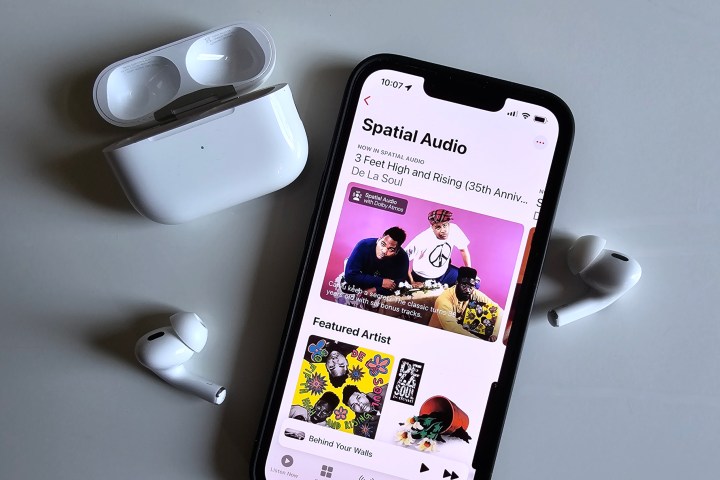
To enjoy spatial audio music, subscriptions to music services like Apple Music, Amazon Music, and Tidal are necessary. Additionally, Blu-ray discs offer the highest quality spatial audio experience. While spatial audio technology is enhancing the audio experience, understanding its requirements and options is essential for optimal enjoyment.
How to Experience Spatial Audio
Both speakers and headphones can provide spatial audio experiences, with headphones offering unique binaural rendering technology for immersive sound. While accessing spatial audio content is easier with headphones, speaker setups require compatible hardware and content sources for an optimal experience.
Using Speakers
Speaker-based spatial audio setups require compatible content sources, decoding devices, amplification, and suitable speakers. Smart TVs and streaming devices like Apple TV 4K are popular choices for accessing spatial audio content. Home theater systems or Dolby Atmos soundbars offer immersive spatial audio experiences for movies and music.
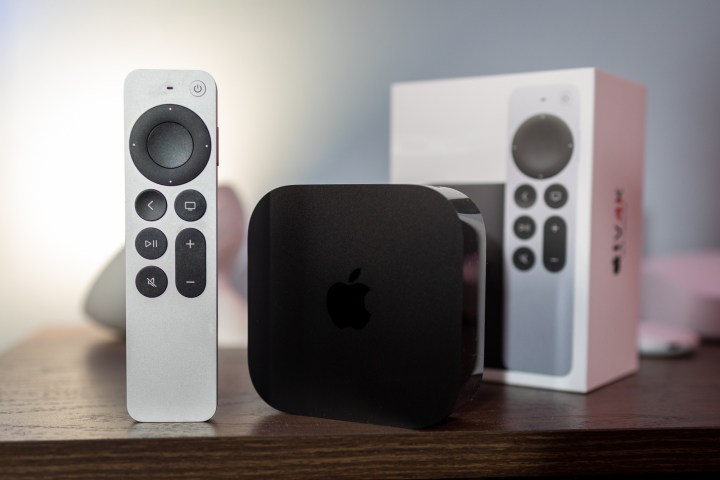
When investing in speaker setups for spatial audio, consider compatibility with your chosen content sources and the immersive experience you seek.
Using Headphones or Earbuds
For a simpler spatial audio experience, headphones or earbuds with binaural rendering technology offer immersive soundscapes without the need for elaborate speaker setups. Smartphone apps like Apple Music, Tidal, and Amazon Music provide binaural rendering for spatial audio, simulating surround sound through regular headphones.
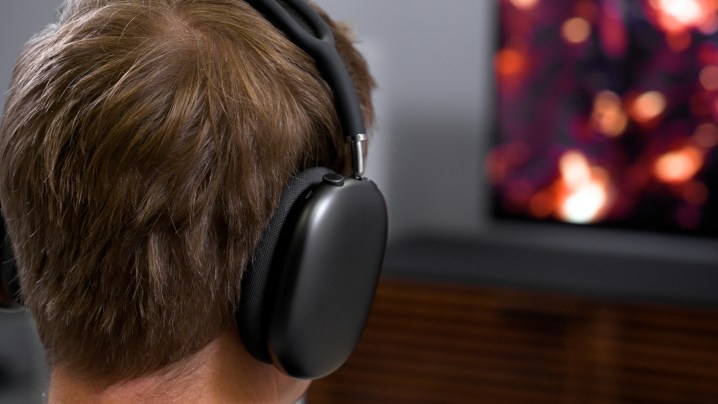
Headphones like Apple’s AirPods series offer personalized spatial audio experiences with head tracking features, enhancing the sense of realism in spatial audio content. Understanding the technologies and compatibility of your headphones is essential for optimizing your spatial audio experience.
Enhancing Spatial Audio Experiences
Audio products with upmixing capabilities can enhance regular audio sources to simulate spatial audio experiences. Smart AV receivers, soundbars, and headphones offer technologies like Dolby upmixing, DTS Virtual:X, as well as proprietary upmixing technologies from brands like Sony and Sennheiser.
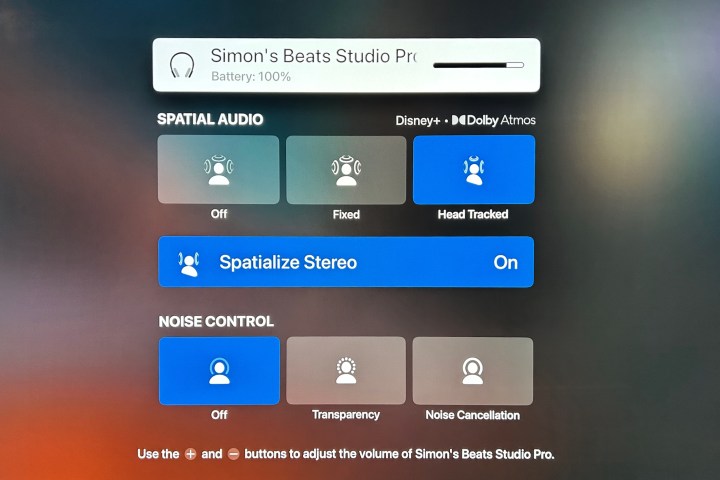
Understanding the capabilities of your audio devices and their upmixing features is crucial for maximizing your spatial audio experience. While spatial audio technology offers immersive soundscapes, it’s essential to verify compatibility and features before making a purchase.
Editors’ Recommendations


